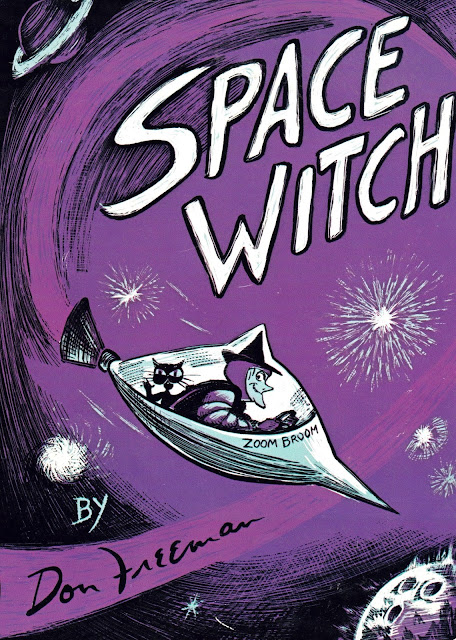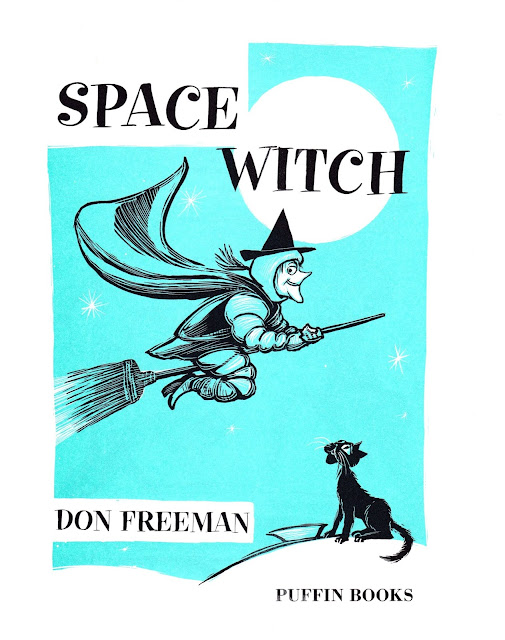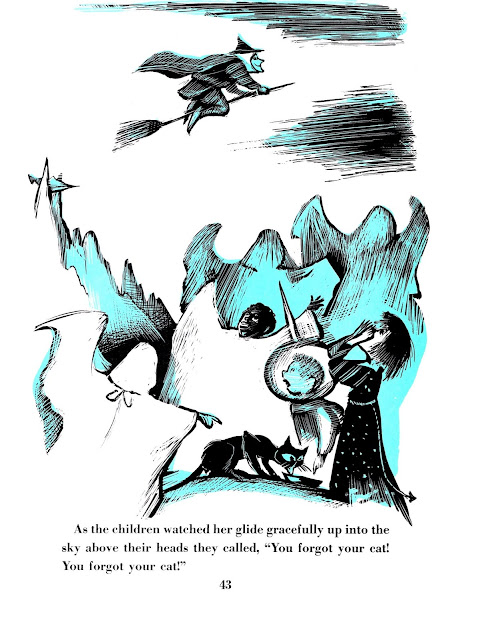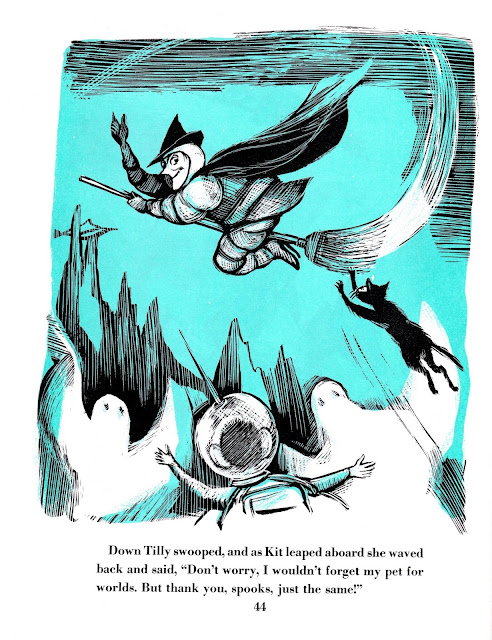SEYMOUR FLEISHMAN (1918 - 2012) was born in Chicago,
Illinois.
He attended the Art Institute of Chicago between 1935 and 1941, and then
served with the U.S. Army in Australia and New Guinea during World War
II, where he was a cartographer and illustrator. After the war,
Fleishman returned to Chicago and worked as an artist in the promotional
department of the Chicago Sun for three years. He married Esther Marcussen, the Sun's out-of-town circulation manager, in 1946, and the couple had two daughters.
Fleishman illustrated his first children's book, Helen Lobdell's Golden Conquest,
in 1953. He subsequently illustrated more than 60 other children's
books, including five that he also wrote. Perhaps his most famous
illustrations were those of "Gus the Friendly Ghost," who was the star
of a popular book series by Jane Thayer.









































































